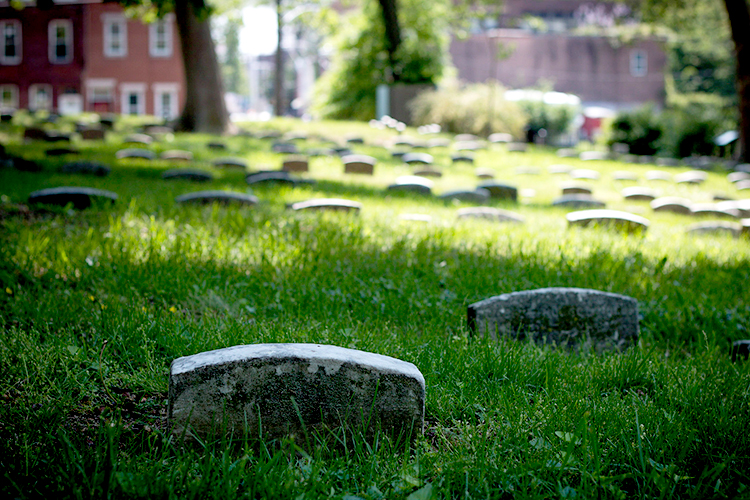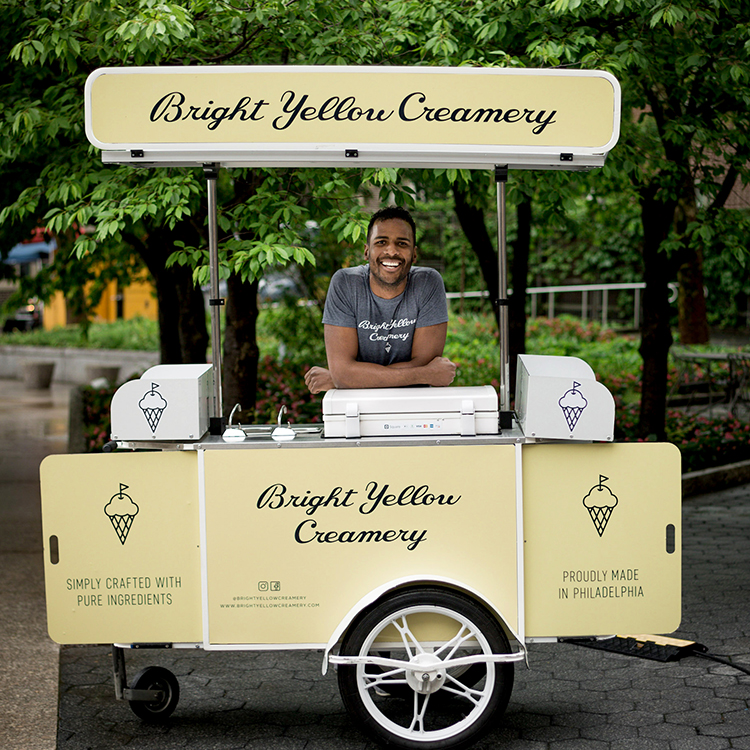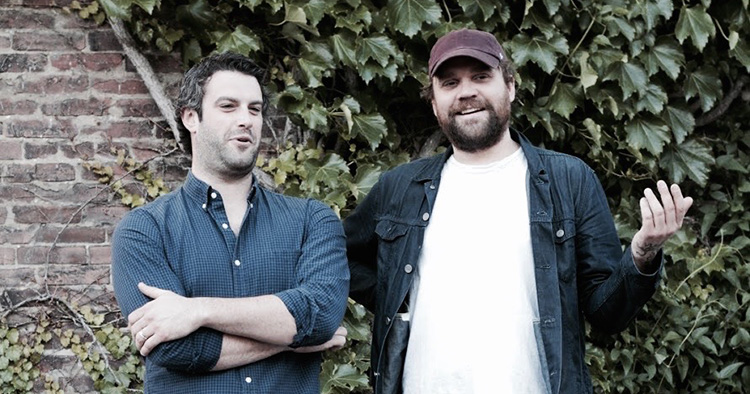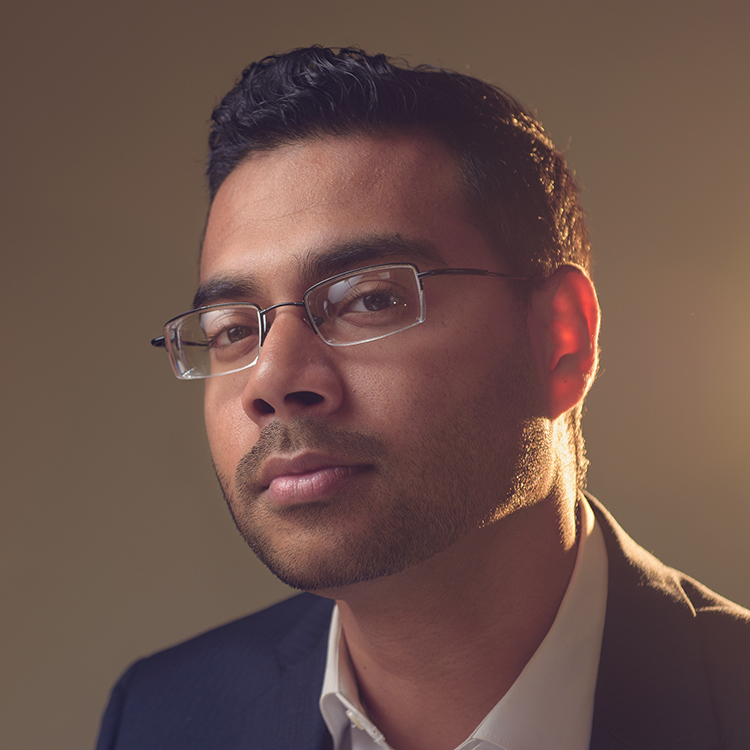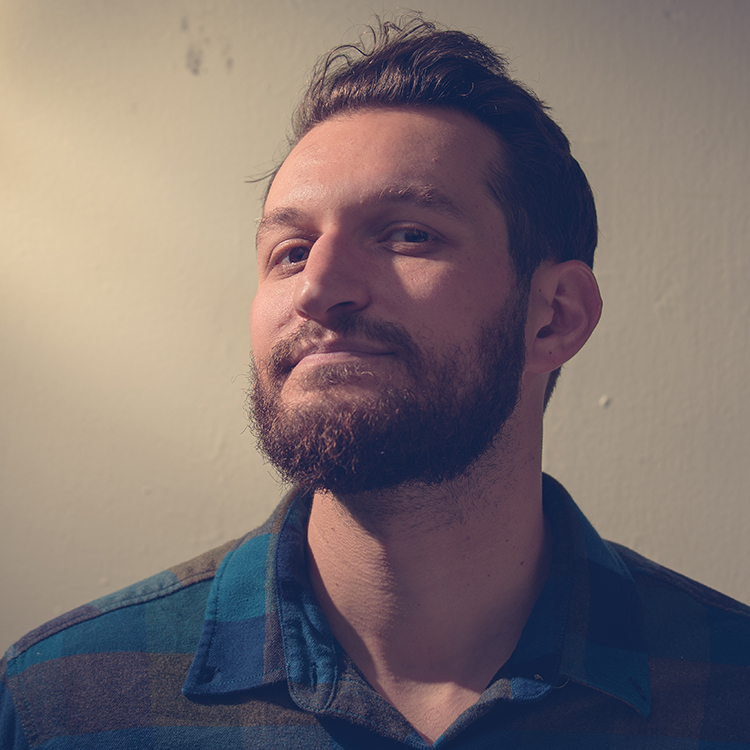Reviving History
By Constance Garcia-Barrio
Some might say that lingering spirit energy has helped the Historic Fair Hill burial ground become a fount of goodwill, good food and learning in a struggling neighborhood. The 4.5-acre cemetery and gardens at 2901 Germantown Ave. sit on land that William Penn gave to his friend and fellow seeker of religious freedom George Fox, founder of Quakerism. Freedom fighting has become emblematic at Historic Fair Hill (HFH). Today, rows of kale, carrots and marigolds lie not far from the graves of Quaker abolitionist Lucretia Mott (1793–1880), grandmother of the women’s movement, and Robert Purvis (1810–1898), a black businessman and activist. Mobs threatened to kill these two antislavery stalwarts because they supported the Underground Railroad, the secret network of blacks and whites that helped slaves reach freedom.
In the 1980s, the burial ground changed hands and slid into neglect. “It was ugly,” said Elizabeth Gutierrez, 60, a neighbor who has lived across the street for almost 40 years. “There were rapes, deaths, drugs, trash and dead chickens, probably from Vodoun rituals,” she said. “My husband, Genaro, and I had three young sons then, and I was pregnant with our daughter. The situation put our kids at risk. I called the Friends Center on Cherry Street and asked them to do something.”
The conversation bore fruit. In 1993, a group of Quakers formed a nonprofit to purchase and restore the site. The burial ground didn’t bloom overnight into a refuge in a rough North Philly neighborhood.
“It took years for volunteers to cut back brush and trees, haul away trash, and raise money to repair and replace the historic fencing,” said Jean Warrington, 67, current director of HFH. She had to quell rumors first. Some people thought that Fair Hill was a pet cemetery because the headstones are small. “Quakers believe everyone is equal in the sight of God, so the headstones have only the name and two dates.”
By the 1990s, the neighborhood, a former drug-war zone, had started to heal, Warrington said.
Now Fair Hill’s gardens are lush with rhubarb, peas, bok choy, blueberries and more, but gardeners have additional plans.
“This year we’ve focused on making the garden more kid-friendly,” said Sechita Elliott, 35, a neighbor who began as a volunteer and became a gardener in 2015. Proposed projects include a tire swing and perhaps a teepee. “Thirty to 40 kids a day play here in summer, climbing trees, weeding, and eating fruit and vegetables right out of the garden. We want to keep them hydrated and give them spots to cool off.”
George Fox, who willed this land to American Quakers, would approve. He envisioned it for “…a meetinghouse, burying… place and a playground for the children… and a garden for lads and lasses to make simples… and oils and ointments.” Once the kids arrive, the teaching starts naturally.
“Kids ask a million questions… They like to learn about insects and how earthworms help the soil,” said Alida Aponte, 32, a mother of three who grew up on a farm in Puerto Rico and has been an HFH gardener since 2017. “Last year, we did a little barbecue with hamburgers, and garden peppers, tomatoes, onions and chards for the kids. They loved it.”
Some children coax their parents into the garden. “My son, Amir, would come home bubbling with info about the vitamins, minerals and flavors of different plants,” Elliott said. “This is a kid who eats rutabaga raw! He began here as a volunteer and then became a leader in the summer youth group. Amir talked so much about the garden that I had to come see it. That was four years ago. Now I love this place.”
“The kids play here, and they help, too,” said Tom Grabe, 74, member of Germantown Friends Meeting and a volunteer gardener since 2013. “You talk with them while they do weeding or water the plants. They’re great.”
Most of the kids who get low-key lessons about the burial ground’s history and pointers about the nutritional value of plants attend Potter-Thomas Elementary School or the largely Hispanic Julia de Burgos Elementary School. HFH provides crucial support not only through onsite gardens and nature study, but also by providing reading helpers for these struggling schools. “The schools need community partners to maintain the gardens,” Warrington said. “If not, what would happen in summer?”
Meanwhile, Elliott and the garden team aim to expand the educational program at the burial ground. “We want to have workshops on how to grow vegetables, cook them, and use them in salads,” she said. “We’ll also have a pickling day to familiarize people with this way of preserving vegetables. In addition, volunteer Joy Robinson, who’s growing a women’s health herb garden, will do a presentation on medicinal and culinary herbs.”
Other events draw neighbors. HFH took part in April’s Citywide Star Party, in which Franklin Institute astronomers brought two large telescopes for community stargazing. “On Juneberry Day, people come with bowls and buckets to harvest blueberries, raspberries and juneberries,” Elliott said. “One lady made blueberry ice cream. Maybe we’ll have a workshop on making fresh-fruit smoothies.”
Children also extend the gardens’ reach with their summer produce stand at Germantown and Cambria. The fruit and vegetables are free, but a donation is requested. They also take produce to seniors to ensure that they have fresh organic food. In addition, HFH partners with a nearby halfway house. “The residents water the garden next to their building and the cook uses produce in her meals,” Warrington said.
HFH offers free guided tours every second Saturday of the month. Tour groups arrange for a donation. HFH welcomes volunteers every Saturday from 10 a.m. to 1 p.m. to learn and help in the garden.
Warrington and the garden team are delighted with HFH’s progress, but for them, it all goes back to the burial ground’s roots.
“We’re here to honor great champions of human rights,” she said. “We want to carry forward their work. If Lucretia Mott and Robert Purvis were here, they would roll up their sleeves and join us.”


